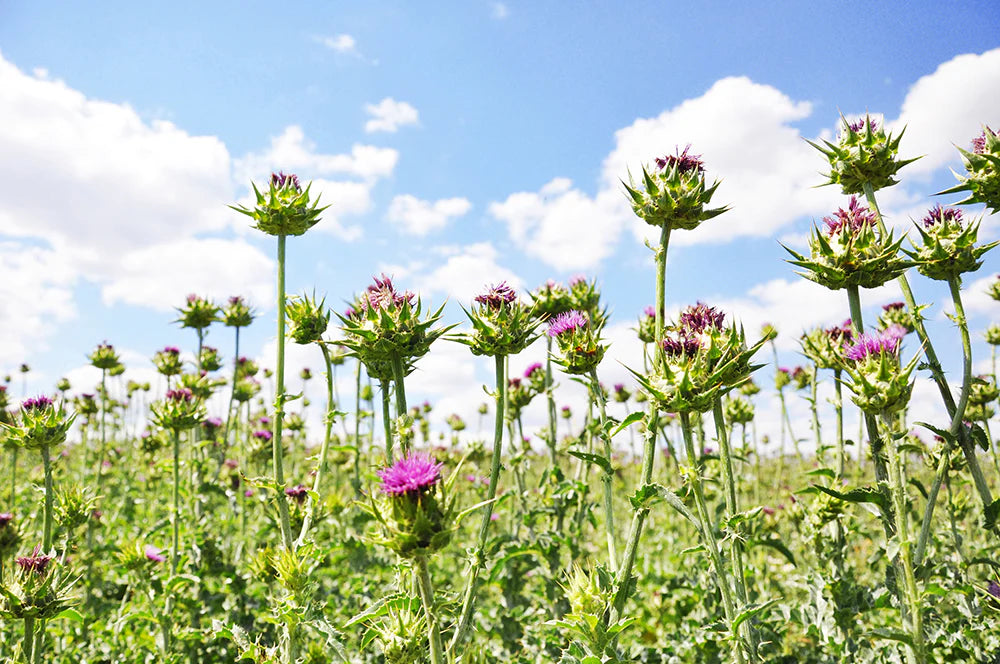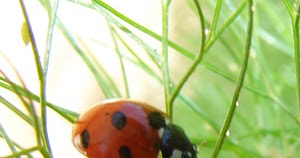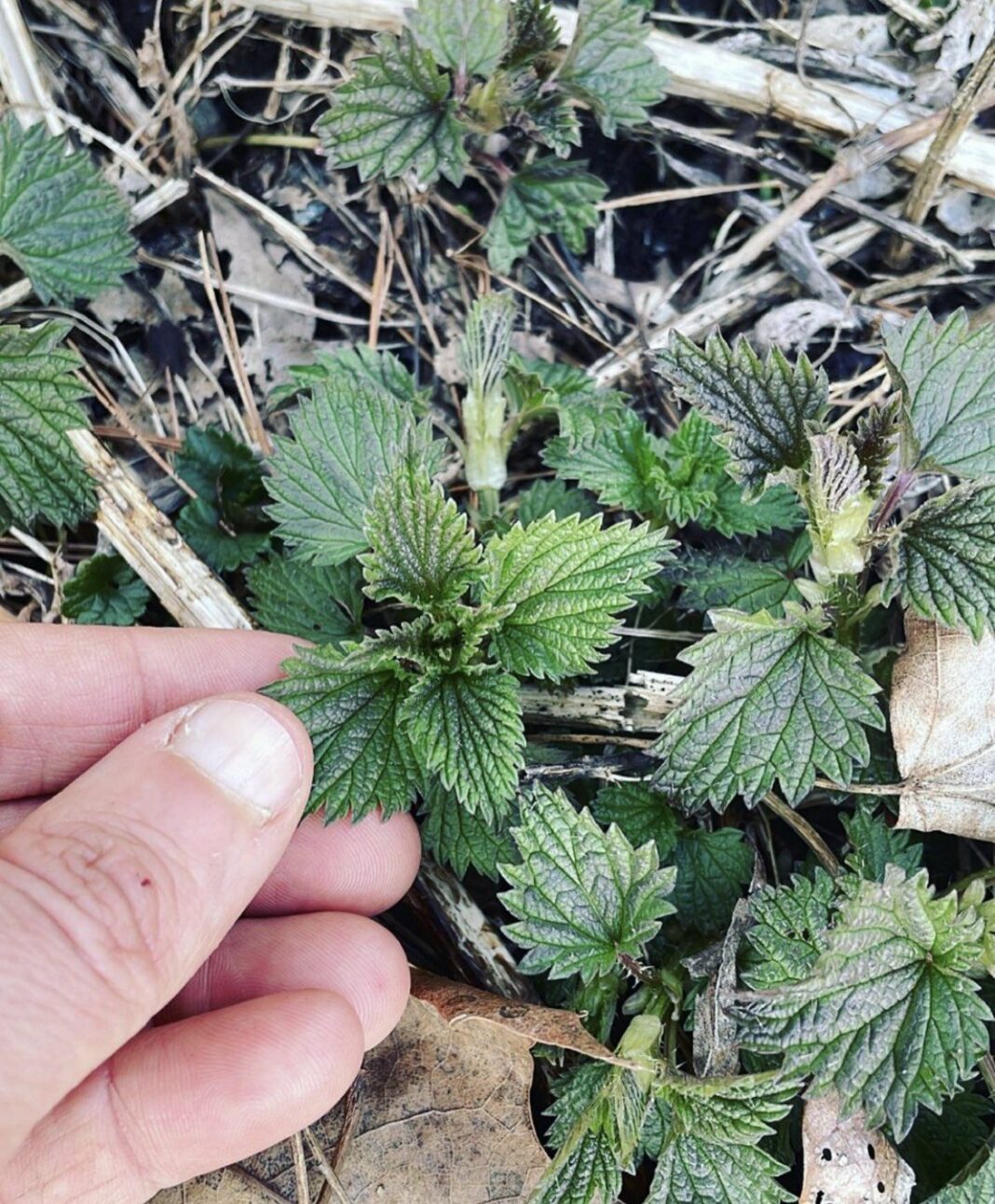The liver, a three-pound sponge full of blood that is lodged just around the lower right ribs, is our tireless defender. It daily throws itself in front of a barrage of chemistry, coming from inside our bodies, from our food, and from the world around us, and helps to process through it, retaining what we need and breaking down and excreting waste material. Much of this material leaves through the bile, an important route of daily detoxification. If bile secretion backs up, we quickly develop illness: jaundice, that yellow coloring on the eyes and skin, is a visible sign of this internal imbalance. Beyond this, the liver also regulates metabolism, balancing carbohydrates, proteins and fats and helping to regulate their use and storage in the body. It also synthesizes a range of important molecules used to clot blood and support immunity. Needless to say, we owe our lives—and much of our quality of life—to the liver.
For all these reasons, healthy liver function is one of the herbalist’s primary goals. We aim to support its role by ensuring that the liver is producing antioxidants like glutathione at optimal levels. We pay attention to the liver’s metabolic function, so that the nutrient utilization in the body is well-supported. And when working to keep healthy bile secretion humming along, herbalists turn to liver herbs first.
There are many plants that can support liver function. Perhaps one of the best known is the seed of milk thistle, Silybum marianum.1 Adding this botanical into a comprehensive protocol for liver health makes great sense, though you have to consume substantial doses of the ground seed or focus on extracts for optimal effects. Extraction tends to be complex and, for tinctures, uses high concentrations of alcohol as a solvent.2 For these reasons, herbalists often consider other botanicals for daily liver support.
We’ve known for a while, through the work of Nora Rozengurt, Catia Sternini, and others that the bitter taste activates the liver in a few different ways: first, through nerve connections from the tongue stimulated by a bitter flavor, and second, via the presence of bitter taste receptors in the liver itself.3 So it makes great sense to choose plants that taste bitter to support optimal liver function. The question is—which ones?
Dandelion (Taraxacum officinale) is an obvious choice. It’s been the focus of a lot of research on its ability to support liver function.4 But the intensely bitter leaves of artichoke (Cynara scolymus) seem to address liver function in a unique way: organic acids such as cynarin, not present in other plants,5 along with abundant bitter lactones and flavonoids, address some of the key components of liver health by supporting detoxification and metabolic functions.6 Like all good bitters, artichoke, of course, helps with the digestive irregularities we can sometimes experience: occasional gas and bloating, heartburn, nausea and upset stomach.7 But perhaps most importantly, the “cholagogue” (from the Latin word choler, meaning “bile”) action of artichoke leaves means that it can support the healthy production and release of bile.8 This particular bitter plant truly loves your liver.
When considering the liver’s metabolic function, another bitter and aromatic plant is at the top of the herbalist’s charts: fenugreek (Trigonella foenum-graecum.)9 Additionally, it has a pleasant maple-syrup-like flavor that makes it a good aromatic for rounding out the classic bitter formula template:10 bitter, aromatic, and a little sweet to balance things out.
Used consistently, these bitter herbs really help support optimal liver function every day. When you consider how many important functions the liver carries out, this is really saying a lot! And knowing how hard this crucial organ works for us, it’s not surprising that every herbalist you talk to will tell you the same thing: give your liver a little love, and you can’t help but notice the benefits.
1. Patel, Chirag, et al. “CLINICAL BENEFITS OF MILK THISTLE (SILYBUM MARIANUM): A RECENT REVIEW.” Journal of Drug Discovery and Therapeutics 1.1 (2013): 8-11.
2. Wallace, Sunny N., Danielle Julie Carrier, and Edgar C. Clausen. “Extraction of nutraceuticals from milk thistle.” Biotechnology for Fuels and Chemicals. Humana Press, 2003. 891-903.
3. Wu, S. Vincent, et al. “Expression of bitter taste receptors of the T2R family in the gastrointestinal tract and enteroendocrine STC-1 cells.” Proceedings of the National Academy of Sciences 99.4 (2002): 2392-2397.
4. Singh, Amritpal, Samir Malhotra, and Ravi Subban. “Phcog Rev.: Plant Review Dandelion (Taraxacum officinale)-Hepatoprotective Herb with Therapeutic Potential.” Pharmacognosy Reviews 2.3 (2008).
5. World Health Organization. WHO monographs on selected medicinal plants. Vol. 4. World Health Organization, 2009.
6. Kraft, K. “Artichoke leaf extract—recent findings reflecting effects on lipid metabolism, liver and gastrointestinal tracts.” Phytomedicine 4.4 (1997): 369-378.
7. Holtmann, G., et al. “Efficacy of artichoke leaf extract in the treatment of patients with functional dyspepsia: a six-week placebo-controlled, double-blind, multicentre trial.” Alimentary pharmacology & therapeutics 18.11-12 (2003): 1099-1105.
8. Speroni, E., et al. “Efficacy of different Cynara scolymus preparations on liver complaints.” Journal of ethnopharmacology 86.2-3 (2003): 203-211.
9. Sharma, R. D., T. C. Raghuram, and N. Sudhakar Rao. “Effect of fenugreek seeds on blood glucose and serum lipids in type I diabetes.” Eur J clin nutr44.4 (1990): 301-6.
10. Masé, Guido and Jovial King. DIY Bitters: Reviving the Forgotten Flavor. Fair Winds Press, 2016.
(Updated, September 2018)


